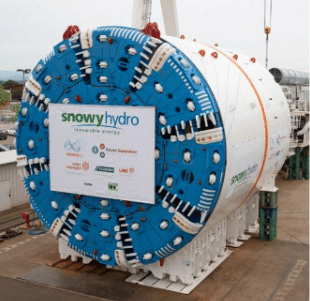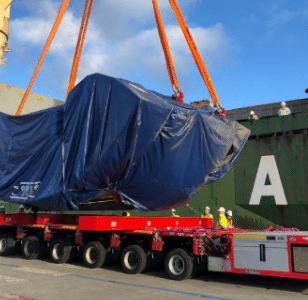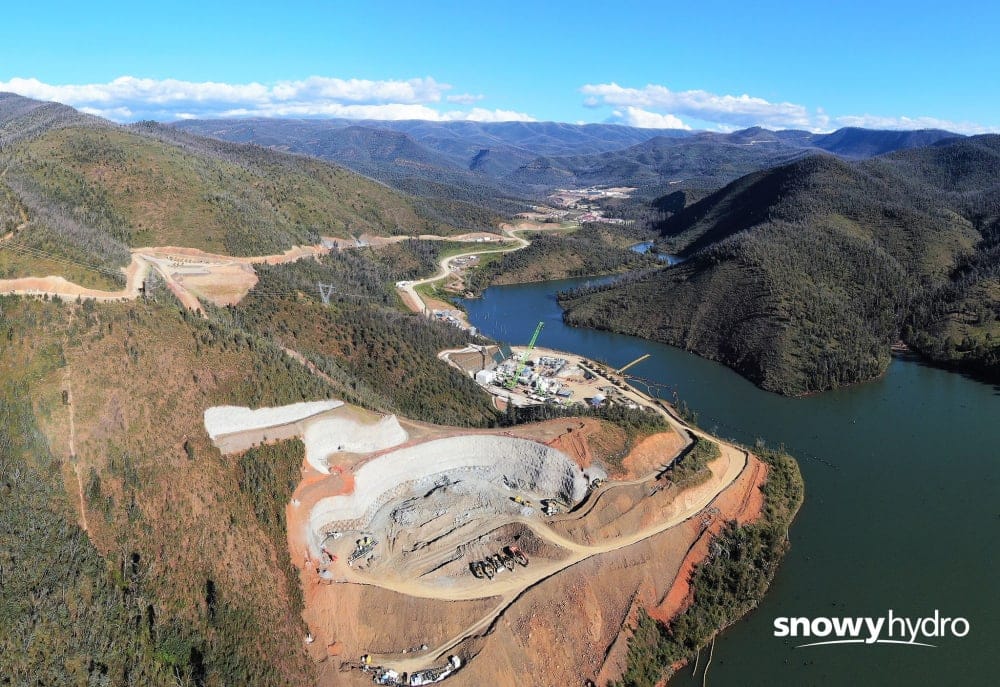Snowy Hydro Limited, a company owned by the Australian federal government, has announced another delay in the controversial Snowy 2.0 pumped hydro project. Stating that its timeline for full commercial operation is to be extended by another 12-24 months from the previously announced dates. The first electricity generated is currently anticipated as late as June 2028 – December 2028, with commercial operation of all units beginning as early as December 2028 and as late as December 2029.
The Snowy 2.0 pumped hydro project aims to provide a significant increase in energy storage capacity for Australia, enabling the country to transition to more renewable energy sources. The project involves the construction of a pumped hydro storage facility in the Snowy Mountains of New South Wales.

Energy Matters has been a leader in the renewable energy industry since 2005 and has helped over 40,000 Australian households in their journey to energy independence.
Let us discuss and choose the best quote that suits your needs and budget, and we can connect you with our trusted local solar installers in Melbourne, who will provide up to 3 FREE quotes for your home and business solar energy system. Get your free quotes today!
The delay and likely cost increases of the Snowy 2.0 project are attributed to several factors, including
- the mobilisation and resourcing implications of the COVID-19 pandemic;
- the effect of global supply chain disruption and inflation impacting the cost and availability of a skilled workforce, materials, and shipping;
- a number of design elements requiring more time to complete due to their technically complex nature, with the final design now being more expensive to construct; and
- the impact of variable site and geological conditions, with the most impactful being the soft ground encountered that is delaying tunnel boring machine (TBM) Florence’s progress at Tantangara.
After a 9-metre-deep hole opened above it, TBM Florence became stuck in soft ground and unable to turn for four months. According to Snowy Hydro, the machine has barely dug about 150 metres of the 15-kilometer tunnel.
Each TBM is particularly constructed to handle the diverse ground conditions encountered during construction. The geology of the rock, the diameter of the tunnels, and the alignment and angle of the tunnel (e.g., the ability to work at steeper angles for the inclined pressure shaft) have all been major factors in TBM design.



Quotes attributable to the Snowy Hydro CEO Dennis Barnes:
According to Dennis Barnes, “Since joining Snowy Hydro earlier this year, I have focused on ensuring our major projects are placed on a realistic and sustainable footing while maintaining construction progress.”
In February 2023, Dennis Barnes was appointed Managing Director and CEO of Snowy Hydro. Dennis has over three decades of experience in the energy sector, with an emphasis on renewables and retail, and brings a breadth of strategic understanding and demonstrated capability in driving great performance across global energy firms.

“This project is critically important to the transition of Australia’s electricity grid and it’s crucial that we are working to a safe, efficient and realistically achievable timeframe to enable orderly planning for all our stakeholders. I am committed to being transparent about our progress and how we are proactively managing the inevitable issues and challenges that arise in a complex project like this.
“While many other major infrastructure projects have been impacted by the same challenges, Snowy 2.0 continues to make positive progress.”
“Snowy 2.0 is providing significant employment and economic benefits both regionally and domestically. There are currently over 2,400 people employed on the project and thousands more jobs generated indirectly through supply chains and support services.
“TBM Kirsten has tunnelled 2.9 km to reach the underground power station cavern complex and we now have access to this site from both ends. We shortly expect to commence the 6km tailrace tunnel that will feed into Talbingo Reservoir and the excavation of intakes at Talbingo and Tantangara are proceeding very well.”
The Snowy 2.0 Project

The Snowy 2.0 project is a pumped hydro storage project that aims to use renewable energy to pump water from a lower reservoir to a higher one during times of excess energy supply, which can then be released to generate electricity during periods of high demand.
The project entails connecting two existing dams, Tantangara and Talbingo, via 27 kilometres of tunnels and constructing a new underground power station.
Snowy 2.0 will bring 2,000 megawatts of dispatchable, on-demand generating capacity to the National Electricity Market, as well as about 350,000 megawatt hours of large-scale storage. To put this in context, this is enough energy storage to power three million homes for a week.
AEMO later stated that it’s most recent modelling, which included a February update to its Electricity Statement of Opportunities, incorporated previously indicated scheduling and modelling for different delays on the Snowy 2.0 hydro project.
Despite the challenges, it remains committed to the project
The Snowy 2.0 project has also faced criticism for its cost and feasibility. In 2017 predicted project capital costs to range between $3.8 billion and $4.5 billion in actual terms, but this figure has since ballooned to over $5 billion.
Check out our page for NSW and Federal Labor: Funding $7.8 billion in renewable zones and Snowy 2.0.
Despite the challenges, Snowy Hydro remains committed to the project, emphasising the need for energy storage infrastructure to support Australia’s transition to a low-carbon future.
The delay of the Snowy 2.0 pumped hydro project is a significant setback for Australia’s renewable energy aspirations. While the project has faced numerous challenges, it remains an important part of the country’s energy infrastructure plans. The project’s future remains uncertain, but it is hoped that the delay will allow for the necessary safety and environmental measures to be put in place to ensure its success.
Source&Images: Snowy 2.0-Project News Update 03/05/2023, Snowy Hydro websites
Is solar energy suitable for your business?
Solar energy has numerous advantages that are worth investigating. Investing in solar will minimise your operational costs, reduce your company’s carbon footprint, and prepare it for the future. A commercial property with a solar installation is excellent for business.
Contact us today for up to 3 FREE quotations from commercial solar firms we’ve pre-qualified and vetted for their track record of delivering Australia’s best business solar systems. Get your free quotes and begin your solar journey today!
Energy Matters will feature stunning homes installed with the latest solar technology every Saturday at 4.30 pm on Open Homes Australia on the 9Life channel. Be sure to watch this show; you don’t want to miss it!
















































